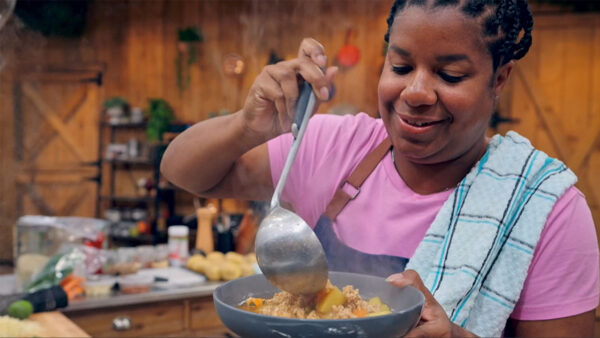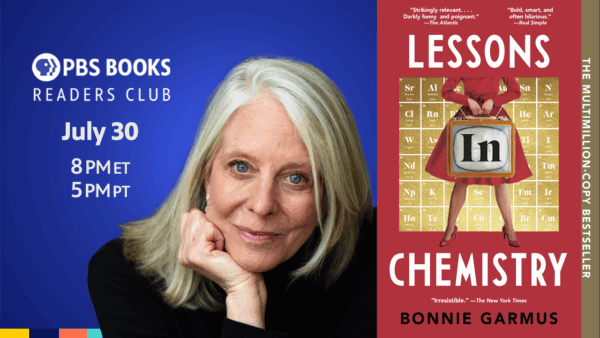By Tarana Khan, Ph.D.
We all know that art can be beautiful, fun, and a great way for early learners to express their creativity. But did you know that art-based activities also offer a wonderful way to expand learning in science, math, reading and social studies? We’ve put together a list of a few artsy educational activities you can do at home this summer. The best part is you might end up with a couple of cute keepsakes! Use the Guided Learning questions below as conversation starters to encourage critical thinking and reflection.
Don’t miss this kid-friendly recipe for Artistic Toast.
Science
Make rainbow flowers when you try this Color Changing Flowers science experiment by Fun Learning for Kids. All you need are some white flowers like carnations, daisies, or roses, food coloring and some glasses or small vases. Fill each glass with water, add 10-15 drops of food coloring and place one flower in each glass. Make observations every few hours and then each day after to track how the flowers are changing. This activity can be a great way to talk about how plants take up water, how to test predictions and how to track scientific observations. Afterward, you can put your colorful bouquet on display to surprise everyone at home with its unique colors!

Guided Learning
- Start by making a few predictions. What will happen to the flower in red water or blue water? Will the colors deepen over time? Which flower do you think will be the darkest?
- Take notes or draw pictures of what you see. You might need crayons or colored pencils to illustrate how the intensity of the colors changes over time.
- Why is water so important for plants? Talk about how the water is taken up by capillary action through the flower’s stem all the way up to the leaves and petals.
Recommended for ages 4-8
Level of assistance: Help from parent, grandparent, or older sibling
Math
A tangram puzzle consists of five triangles and two quadrilaterals made from one square. These seven-piece puzzles originated in China hundreds of years ago and can be used to create thousands of unique figures. The Early Math Collaborative at the Erikson Institute has a step-by-step video that will show you how to make your own tangram puzzle and more helpful tips about tangrams here. Tangram puzzles help early learners develop ideas about shapes and spatial relationships, deepening children’s understanding of geometry and problem solving. Flipping and rotating the shapes to create figures will allow your child to think creatively and mathematically at the same time.
Guided Learning
- When you have your pieces, try building the whole square. Afterward, you can get creative and start making your own figures! Help children label all of the shapes that make up their tangram. How many different figures can you make?
- On a separate piece of paper, create the background for your favorite figure. Then glue your tangram puzzle onto the background to make your own tangram-inspired work of art. Don’t forget to decorate your puzzle!
Recommended for ages 3-8
Level of assistance: Help from parent, grandparent, or older sibling
Reading
We recommend reading books that inspire curiosity and creativity in young children. In “The Dot” by Peter Reynolds, Vasthi struggles to figure out how to express herself through art — until she paints a singular dot. This charming tale of self-discovery and surprise illustrates how there may be a hidden artist in all of us.
Guided Learning for “The Dot”
- What does Vashti learn about herself by the end of the story?
- After reading, paint or draw your own dot. What can you add to it? What can this dot become? What are all the possibilities?
An important part of being creative is learning how to celebrate mistakes. In this award-winning, interactive book, “Beautiful Oops!” by Barney Saltzberg shows how a spill, a smudge or a tear can actually be something unexpectedly beautiful. The whimsical book, filled with pop-ups, liftable flaps, viewing holes and rips, will be a treat for early learners to explore.
Guided Learning for “Beautiful Oops!”
- Practice making “mistakes” or experimentations through art. Crumple up paper, color outside the lines or spill paint across a piece of paper. Keep adding more mistakes until you have made a masterpiece. Discuss how what can seemingly appear like a mistake or a mess can actually be an adventure in discovery.
- Talk about a recent mistake you or your child made. What could be a different way of looking at it?
Recommended for ages 3-8
Level of assistance: Parent help needed
Social Studies
Bring a lesson in art history to life by creating artwork at home inspired by artists featured at The Broad. Every Friday, The Broad releases a weekly tutorial for families that features a new artist. Check out their YouTube channel for step-by-step instructions.
Guided Learning
- Before trying one of the art tutorials, research the artist online or take a look at some of their paintings. This will allow children to make connections between the artist’s work and their own creations.
- What types of materials does the artist use in their artwork? Are there materials at home you can use to recreate the same type of style?
- Use the following guiding questions to talk about both the artist’s original work and your family’s artwork: What colors stand out to you? How does looking at this art make you feel?
Recommended for ages 4-8
Level of assistance: Help from parent, grandparent, or older sibling
This article was originally published on PBS SoCal’s At-Home Learning initiative.
























